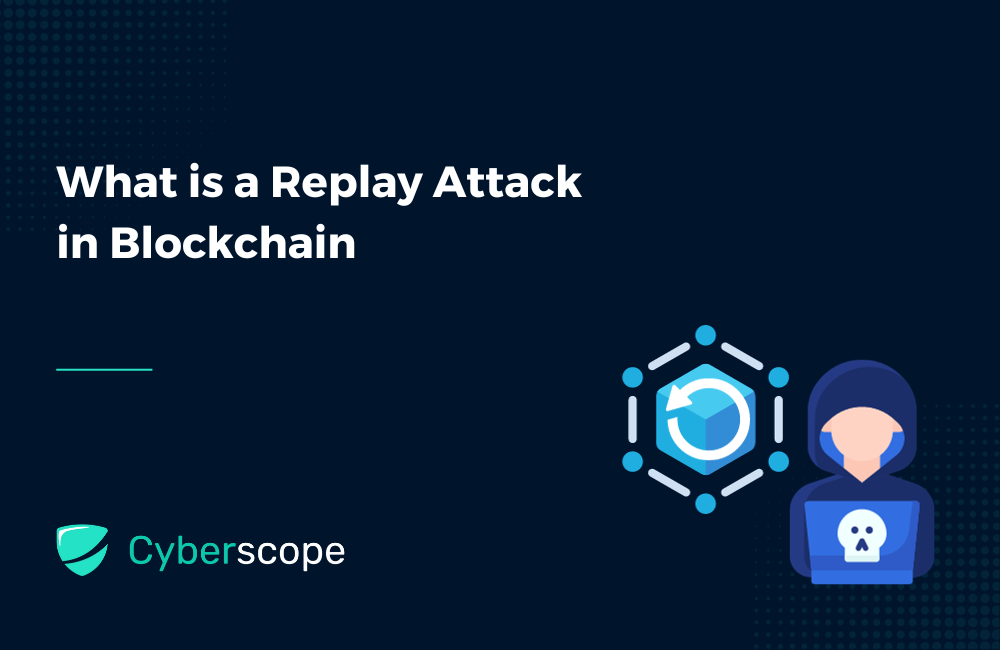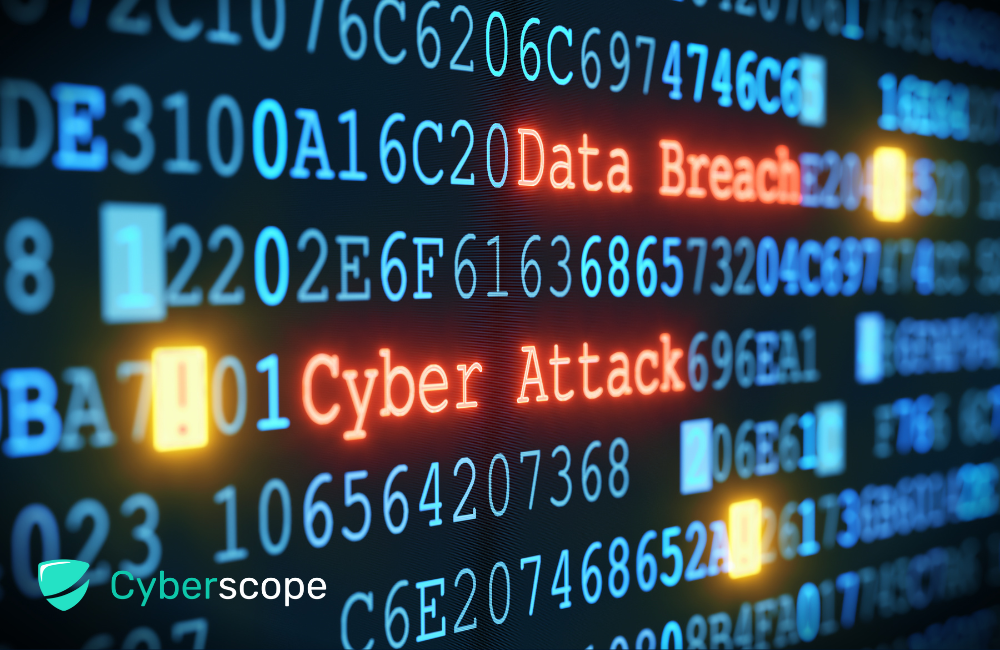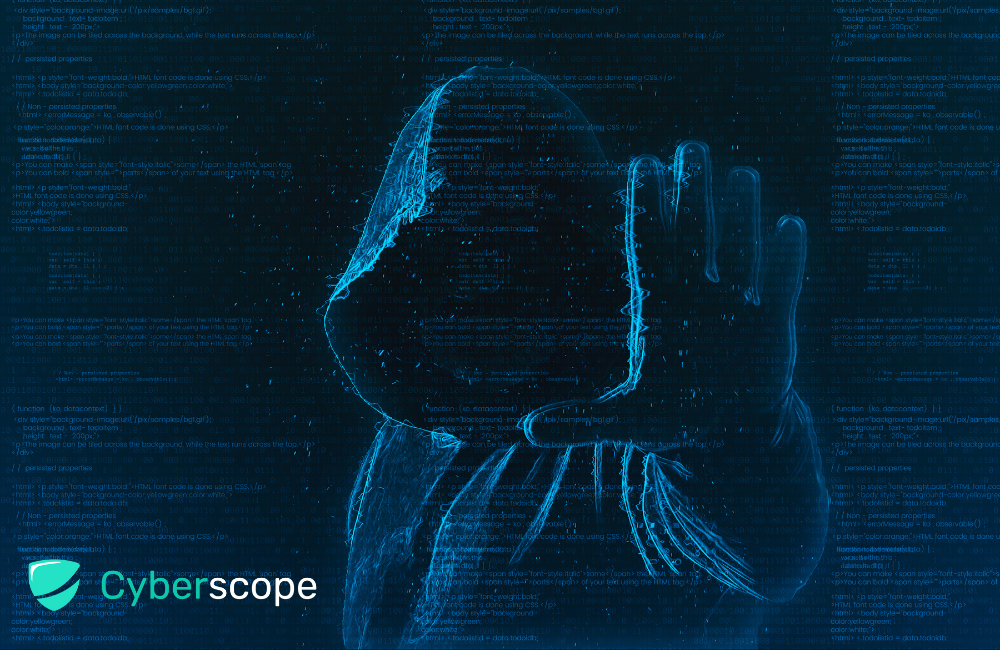.jpg%3Falt%3Dmedia&w=640&q=75)

What is a Replay Attack in Blockchain?

A replay attack in blockchain involves reinitiating a transaction using a previously used signature to steal funds. It is a type of attack that has caused significant damage to the blockchain industry. In this article, we will explore the definition of a replay attack, how it works, and provide examples of real-life replay attacks. We will also discuss various methods to prevent replay attacks, such as using nonces, implementing time-stamping, and utilizing unique identifiers.

Understanding Replay Attacks
A replay attack involves reinitiating a transaction using a previously used signature to steal funds. One of the best-known replay attacks in recent years was the theft of 20 million $OP tokens from the market maker Wintermute on Optimism, which was a cross-chain replay attack. Since Wintermute’s multi-signature wallet account was temporarily deployed on the Ethereum mainnet only, the hacker used the signature of the transaction for Wintermute’s deployment of a multi-signature address on Ethereum to re-execute the same transaction on all addresses on Ethereum and EVM-compatible chains (the address strings are exactly the same), while an SCA is effective on only one chain after being deployed.
Preventing Replay Attacks

Using Nonces
To prevent replay attacks in blockchain, one effective method is to include a nonce in the signature combination. The nonce is a variable that represents the number of transactions of an EOA (Externally Owned Account) in the blockchain network. It has both order and uniqueness. With each additional transaction, the nonce value increases by 1. The blockchain network checks whether the nonce of the transaction is consistent with the current nonce of the account, ensuring that the transaction is valid and not a replay attack.
By including the nonce in the signature combination, hackers are unable to reuse the same signature to steal funds continuously. They would fail if they tried to use a previous nonce value or a nonce value that is not in sequence with the account's current nonce.
Implementing nonces provides a way to track the order of transactions and prevent replay attacks. It adds an additional layer of security to the blockchain network, ensuring that each transaction is unique and authorized by the account owner.

Implementing Time-Stamping
Implementing time-stamping is a crucial step in preventing replay attacks in blockchain. Time-stamping involves assigning a unique timestamp to each transaction or event in the blockchain. This timestamp serves as proof of the order in which the events occurred, ensuring that older transactions cannot be replayed in the future.
One way to implement time-stamping is by using a trusted time source, such as a network time protocol (NTP) server, to synchronize the timestamps across all nodes in the blockchain network. This ensures that all nodes have a consistent view of time and can accurately verify the order of transactions.
Another approach to time-stamping is by incorporating the timestamp directly into the transaction data. This can be achieved by including a timestamp field in the transaction structure, which is then signed by the sender. The timestamp serves as an additional piece of data that is included in the transaction's digital signature, further enhancing its integrity and preventing replay attacks.
By implementing time-stamping, blockchain systems can effectively prevent replay attacks and ensure the integrity and security of transactions.

Utilizing Unique Identifiers
Another way to prevent replay attacks in blockchain is by utilizing unique identifiers. Unique identifiers are special codes or values, that are assigned to each transaction or data entry in the blockchain. These identifiers serve as a way to differentiate and authenticate each piece of information, making it difficult for attackers to replay or manipulate the data.
By incorporating unique identifiers, blockchain systems can ensure the integrity and security of the data. These identifiers can be generated using cryptographic techniques, such as hashing or digital signatures, to guarantee their uniqueness and prevent tampering.
To illustrate the importance of utilizing unique identifiers, consider the example of the Areon Network. By assigning unique identifiers to each transaction, the Areon Network can verify the authenticity of the data and prevent replay attacks. This ensures that only valid and authorized transactions are accepted and processed by the network.

Securing Your Blockchain with a Trusted Cybersecurity Partner
Safeguarding your blockchain in the ever-evolving landscape of cybersecurity requires more than just ticking off preventive measures. Entrusting your project to a seasoned expert company, such as Cyberscope, goes beyond implementing the preventive measures discussed in this article. It's about ensuring a comprehensive defense strategy against replay attacks and fortifying the resilience of your smart contracts.
A dedicated cybersecurity partner brings specialized knowledge and experience to the table, guiding you through the intricate process of implementing crucial measures like nonces, time-stamping, and unique identifiers. Cyberscope's experts don't just provide a one-time solution – they offer ongoing support, conducting thorough assessments to identify potential vulnerabilities in your smart contracts. By partnering with Cyberscope, you not only fortify your project against replay attacks but also gain a vigilant ally committed to the continuous security of your blockchain ecosystem.
Conclusion
In conclusion, a replay attack in blockchain involves reinitiating a transaction using a previously used signature to steal funds. It is a significant security threat that has been responsible for the theft of millions of dollars in cryptocurrencies. To prevent replay attacks, various measures can be implemented, such as using nonces, implementing time-stamping, and utilizing unique identifiers. These techniques add an extra layer of security and ensure the integrity of transactions on the blockchain.
It is important for blockchain developers and users to be aware of replay attacks and take necessary precautions to protect their assets and maintain trust in the blockchain ecosystem. By partnering with Cyberscope, you not only fortify your project against replay attacks but also gain a vigilant ally committed to the continuous security of your blockchain ecosystem.
Recent Posts
.jpg%3Falt%3Dmedia&w=640&q=75)


What is a Fallback Attack in Smart Contracts?
5 months ago
